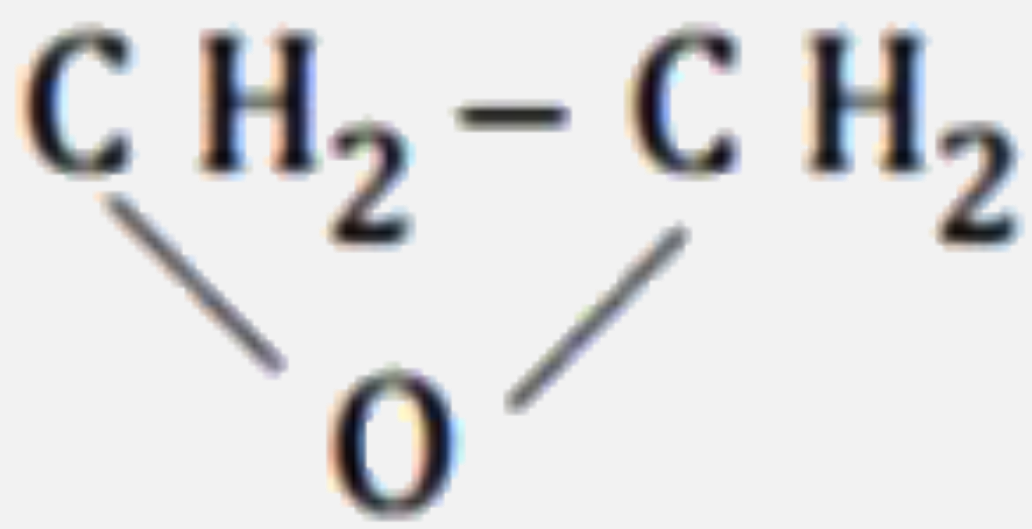Combination of two s lead to the formation of .
The correct Answer is:A
To solve the question regarding the combination of two atomic orbitals (AOs) leading to the formation of molecular orbitals (MOs), we can follow these steps:
1. Understanding Atomic Orbitals:
- Atomic orbitals are regions in an atom where there is a high probability of finding electrons. They can be thought of as wave functions that describe the behavior of electrons.
2. Combination of Atomic Orbitals:
- When two atomic orbitals combine, they can interfere with each other. This interference can be constructive or destructive.
3. Constructive Interference:
- Constructive interference occurs when the wave functions of the two atomic orbitals align in such a way that their crests coincide. This results in a wave of greater amplitude, which corresponds to a lower energy state.
- This type of combination leads to the formation of a bonding molecular orbital (BMO).
4. Destructive Interference:
- Destructive interference occurs when the crest of one wave coincides with the trough of another wave. This results in a wave of lesser amplitude, which corresponds to a higher energy state.
- This type of combination leads to the formation of an anti-bonding molecular orbital (ABMO).
5. Conclusion on Molecular Orbitals Formation:
- From the combination of two atomic orbitals, we obtain two molecular orbitals: one bonding molecular orbital and one anti-bonding molecular orbital.
- Therefore, the answer to the question is that the combination of two atomic orbitals leads to the formation of two molecular orbitals.
Final Answer:
The combination of two atomic orbitals leads to the formation of two molecular orbitals (one bonding and one anti-bonding).
---
- Atomic orbitals are regions in an atom where there is a high probability of finding electrons. They can be thought of as wave functions that describe the behavior of electrons.
- When two atomic orbitals combine, they can interfere with each other. This interference can be constructive or destructive.
- Constructive interference occurs when the wave functions of the two atomic orbitals align in such a way that their crests coincide. This results in a wave of greater amplitude, which corresponds to a lower energy state.
- This type of combination leads to the formation of a bonding molecular orbital (BMO).
- Destructive interference occurs when the crest of one wave coincides with the trough of another wave. This results in a wave of lesser amplitude, which corresponds to a higher energy state.
- This type of combination leads to the formation of an anti-bonding molecular orbital (ABMO).
- From the combination of two atomic orbitals, we obtain two molecular orbitals: one bonding molecular orbital and one anti-bonding molecular orbital.
- Therefore, the answer to the question is that the combination of two atomic orbitals leads to the formation of two molecular orbitals.
The combination of two atomic orbitals leads to the formation of two molecular orbitals (one bonding and one anti-bonding).
Topper's Solved these Questions
- CHEMICAL BONDING AND MOLECULAR STRUCTUREBOOK - CENGAGE CHEMISTRY ENGLISHCHAPTER - CHEMICAL BONDING AND MOLECULAR STRUCTUREEXERCISE - Exercises Single Correct (Miscellaneous)
23 Videos
- CHEMICAL BONDING AND MOLECULAR STRUCTUREBOOK - CENGAGE CHEMISTRY ENGLISHCHAPTER - CHEMICAL BONDING AND MOLECULAR STRUCTUREEXERCISE - Exercises Assetion Reasoning
30 Videos
- CHEMICAL BONDING AND MOLECULAR STRUCTUREBOOK - CENGAGE CHEMISTRY ENGLISHCHAPTER - CHEMICAL BONDING AND MOLECULAR STRUCTUREEXERCISE - Exercises Single Correct (Resonance And Formal Charges)
10 Videos
- ATOMIC STRUCTUREBOOK - CENGAGE CHEMISTRY ENGLISHCHAPTER - ATOMIC STRUCTUREEXERCISE - Concept Applicationexercise(4.3)
19 Videos
- CHEMICAL EQUILIBRIUMBOOK - CENGAGE CHEMISTRY ENGLISHCHAPTER - CHEMICAL EQUILIBRIUMEXERCISE - Subjective type
1 Videos
Similar Questions
Knowledge Check
The reaction of
 with RMgX, leads to the formation of : ARCHOHRBRCHOHCH3CR2CHCH2OHDRCH2CH2OH
with RMgX, leads to the formation of : ARCHOHRBRCHOHCH3CR2CHCH2OHDRCH2CH2OH
In A–– of the dicotyledonous plants, the B–– elongation of the radicle leads of the formation of C–– . Choose the correct option

View SolutionReaction of with RMgX leads to formation of

View SolutionReaction of
 with RMgX lead to formation of
with RMgX lead to formation of
View SolutionAssertion (A) Nitration of chlorobenzene leads to the formation of m-nitrochlorobenzene.
Reason (R) −NO2 group is a m-directing group.
View SolutionWhich one is the appropriate reaction conditions leading to the formation of C2H5Cl?
View SolutionWrite briefly about the two processes leading to the formation of new species.
View SolutionAddition of quick lime to water leads to the formation of ____.
View Solution
